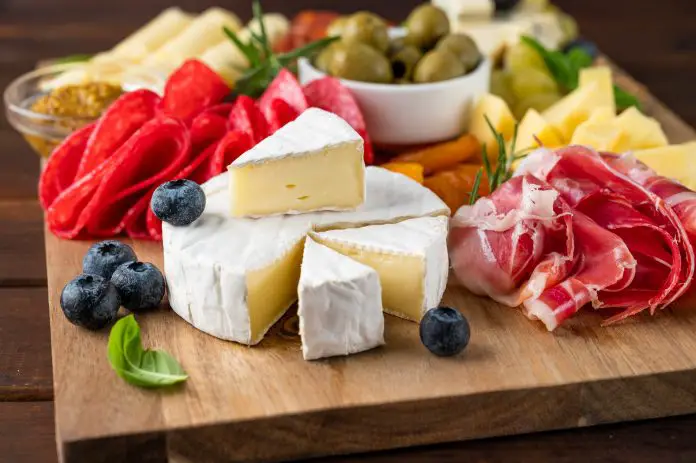Key Takeaways

- Business Overview: A charcuterie business plan serves as a roadmap, detailing the vision, target audience, financial projections, and strategies for success in the growing gourmet food market.
- Target Audience Identification: Understanding your audience is crucial—focus on food enthusiasts, home entertainers, and health-conscious buyers to tailor your offerings effectively.
- Competitor Analysis: Assessing your competitors helps you identify market gaps and opportunities for differentiation based on product offerings, pricing, and marketing tactics.
- Diverse Revenue Streams: Incorporate various revenue streams such as direct sales, subscription services, and collaborations with local wineries to enhance business sustainability.
- Marketing Strategy Essentials: A comprehensive marketing strategy should emphasize strong branding, local promotions, and an engaging social media presence to attract and retain customers.
- Legal Compliance: Navigating legal requirements, such as licenses and health regulations, is vital for successful operation and to ensure your business meets safety standards.
Starting a charcuterie business is an exciting venture that taps into the growing demand for gourmet food experiences. Whether you’re a culinary enthusiast or a seasoned chef, crafting a solid business plan is essential to turn your passion into profit. With the right strategy, you can create an enticing menu that captivates customers and sets you apart in a competitive market.
In this guide, you’ll explore the key components of a successful charcuterie business plan. From identifying your target audience to sourcing quality ingredients, every detail counts in building a brand that resonates with food lovers. Get ready to dive into the world of artisanal meats, cheeses, and beautifully arranged platters that will elevate your business to new heights.
Overview of Charcuterie Business Plan
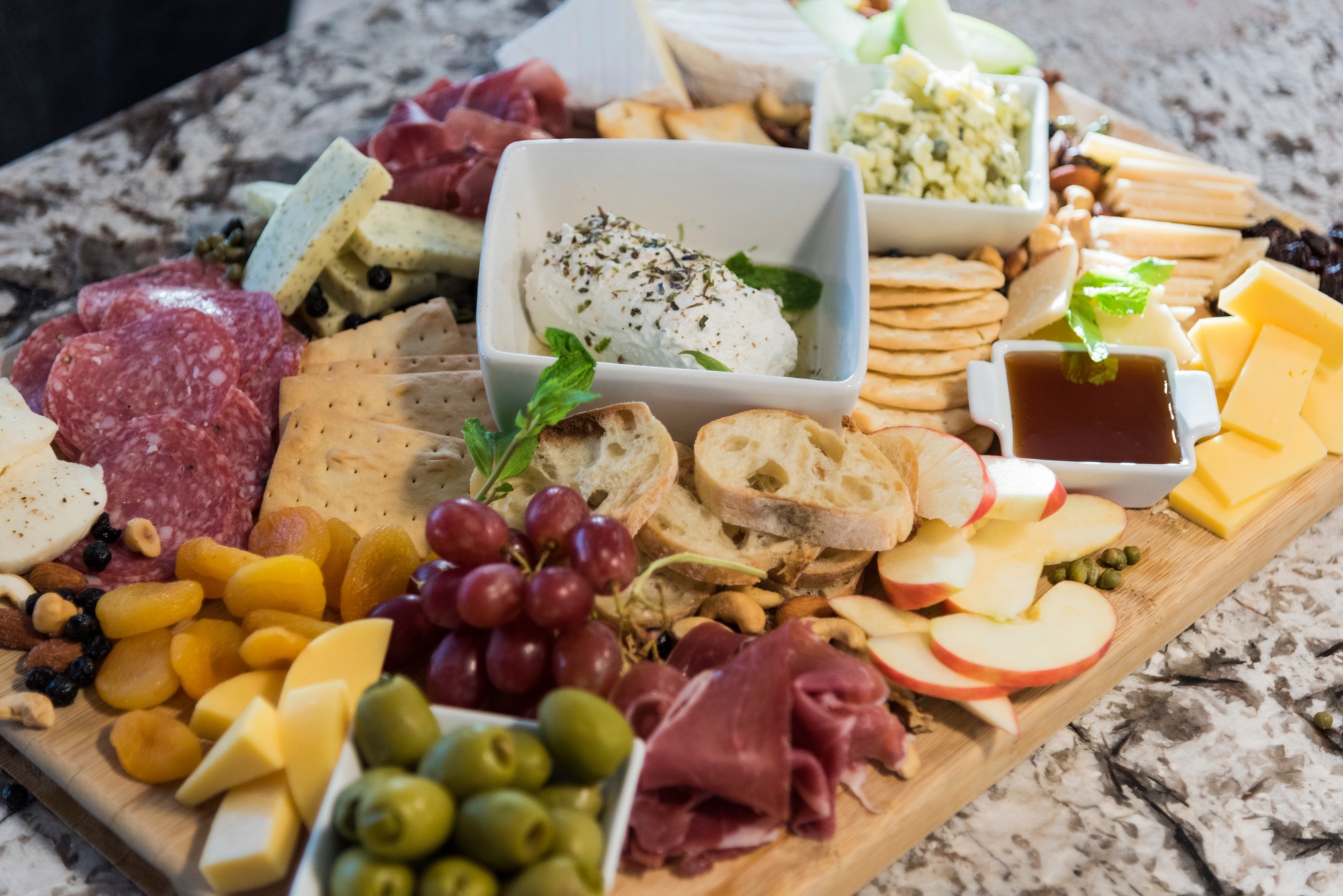
A charcuterie business plan serves as a roadmap for your small business, guiding you through the initial stages of starting a business in this gourmet food niche. The plan outlines the vision and goals of your business, detailing how to capitalize on the growing demand for artisanal food experiences.
Start by identifying your target audience. Consider demographics, preferences, and purchasing behavior of potential customers. Research current trends in gourmet food and charcuterie to ensure your offerings resonate with your market.
Include a detailed financial plan to outline startup costs, pricing strategies, and projected revenue. Factor in expenses such as ingredient sourcing, equipment, and marketing. Utilizing quality ingredients is crucial, so set up relationships with local suppliers to ensure freshness and quality.
Develop a marketing strategy to build your brand. Highlight the unique aspects of your charcuterie offerings and utilize social media platforms for promotion. Engaging visuals and storytelling can attract food lovers and enhance brand identity.
Lastly, consider legal requirements related to food service and local regulations. Obtain necessary permits and licenses to operate your small business within compliance. Create a solid plan to navigate these requirements, ensuring a smooth launch.
Market Analysis
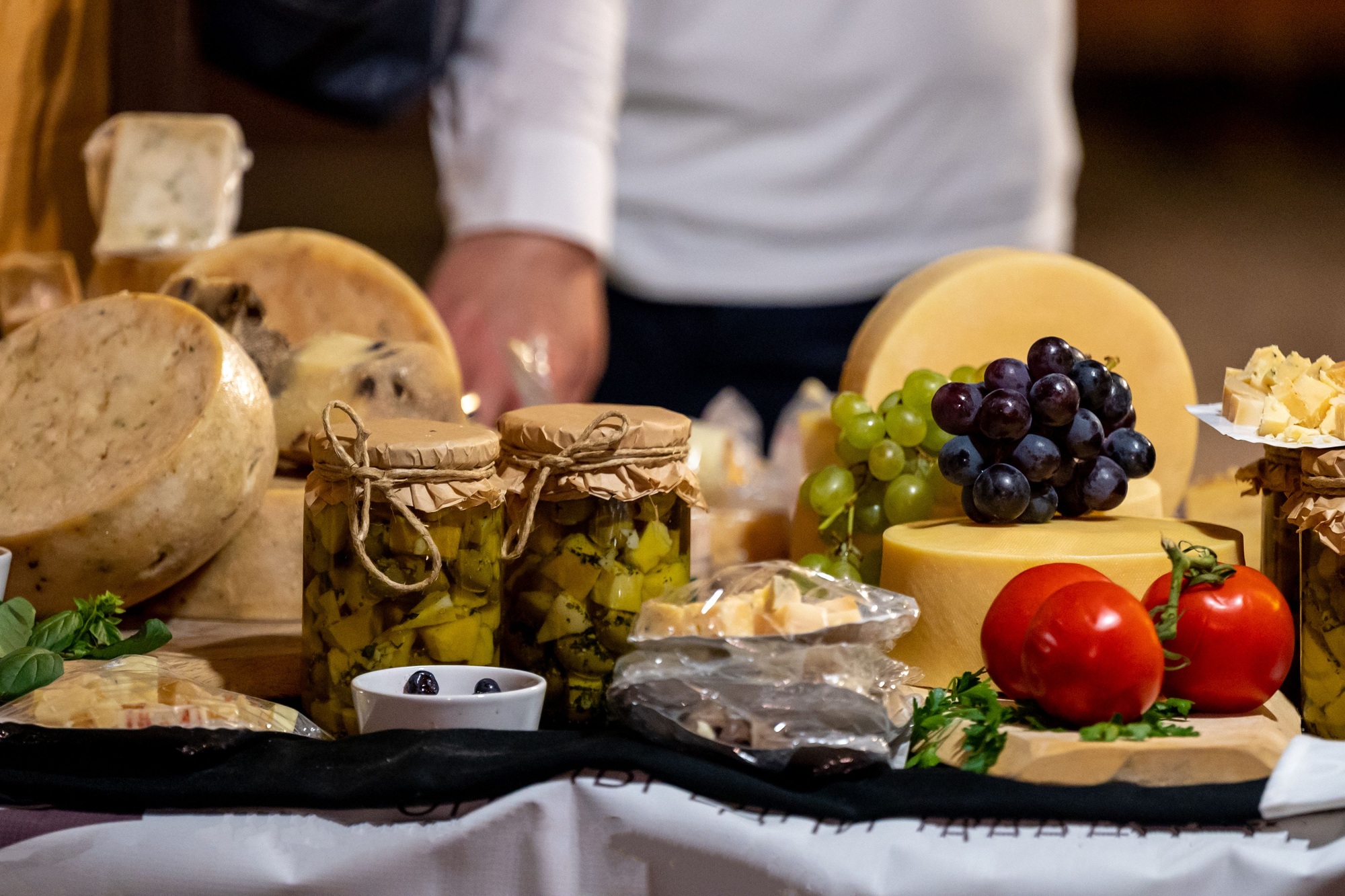
Market analysis is crucial for your charcuterie business plan. Understanding the current landscape helps you identify opportunities for growth and differentiation in a competitive market.
Target Audience
Identifying your target audience is essential for crafting effective marketing strategies. You’ll find that consumers are leaning towards high-quality, unique charcuterie options that cater to diverse tastes. Focus on demographics such as:
- Food enthusiasts: Individuals who actively seek gourmet and artisanal products.
- Home entertainers: Consumers interested in hosting gatherings and looking for appealing platters.
- Health-conscious buyers: People seeking organic, non-GMO, and plant-based charcuterie alternatives.
Building profiles of these audiences aids in tailoring your offerings and marketing efforts, ensuring you meet their specific preferences.
Competitor Analysis
Analyzing competitors in the charcuterie market highlights their strengths and weaknesses. You should consider the following factors in your assessment:
- Product offerings: Identify the range and quality of products competitors provide, including unique ingredients.
- Pricing strategies: Evaluate how competitors price their products and where you can position yourself competitively.
- Marketing tactics: Observe how competitors promote their brands and engage with their audience on social media.
By understanding competitors, you can find gaps in the market to exploit as you launch your business.
Business Model
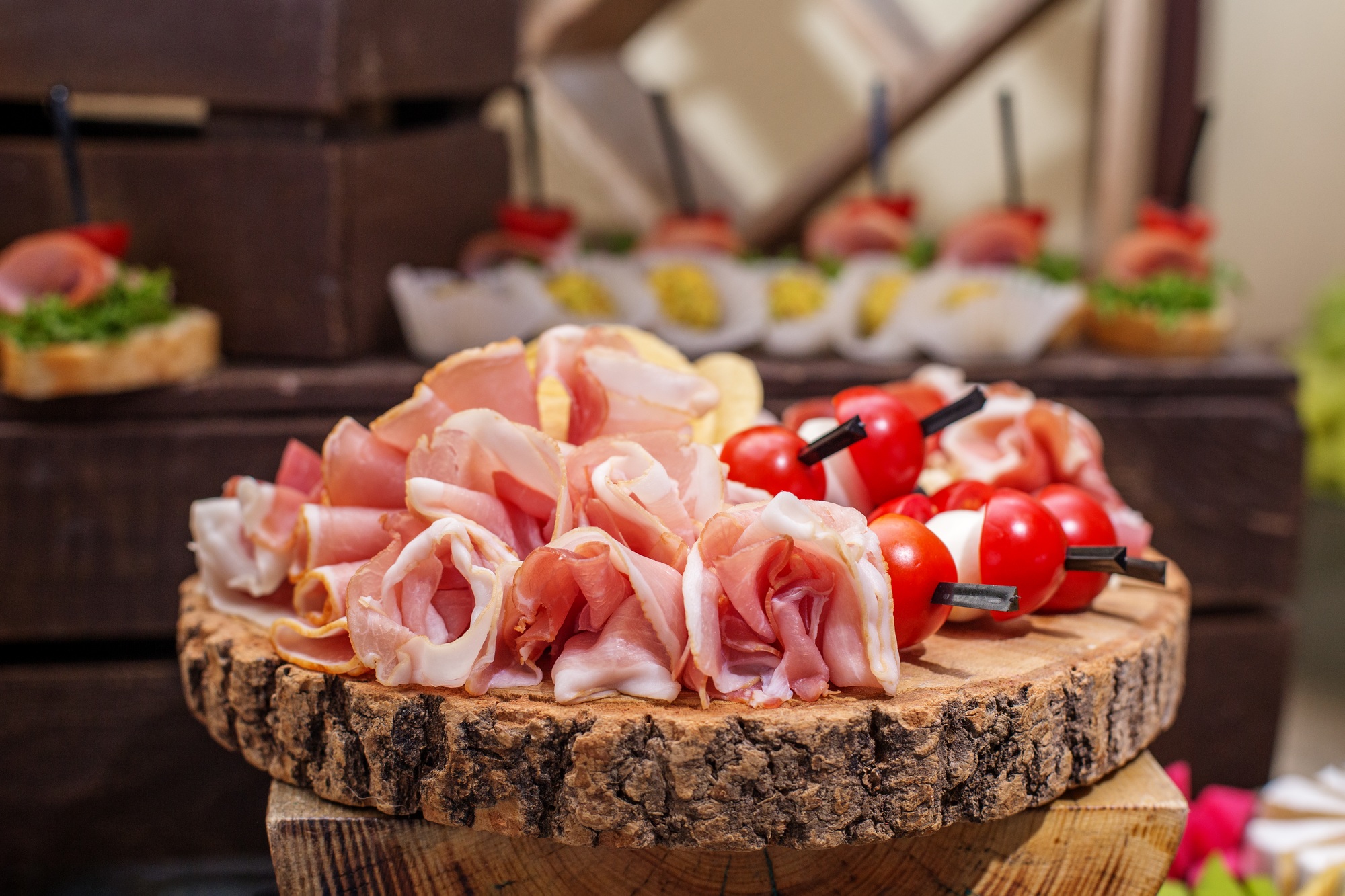
A well-defined business model serves as a foundation for your charcuterie business. It outlines how you will operate and generate revenue while delivering value to your customers.
Products and Services
Offer a range of products and services tailored to your target market. Focus on crafting exquisite charcuterie boards featuring artisanal meats, gourmet cheeses, and specialty accompaniments. Customize offerings to cater to dietary needs, such as gluten-free or vegan options. Consider additional services like event catering and charcuterie workshops that enhance customer engagement and promote your brand.
Revenue Streams
Identify diverse revenue streams to ensure steady growth for your small business. Direct sales of charcuterie boards can be complemented by subscription box services for regular customers. Collaborate with local wineries or breweries to create pairing options. Explore opportunities for online sales to expand your reach beyond local markets. These strategies contribute to a robust business plan that secures profitability and sustainability, addressing various customer preferences and enhancing your brand’s visibility.
Marketing Strategy
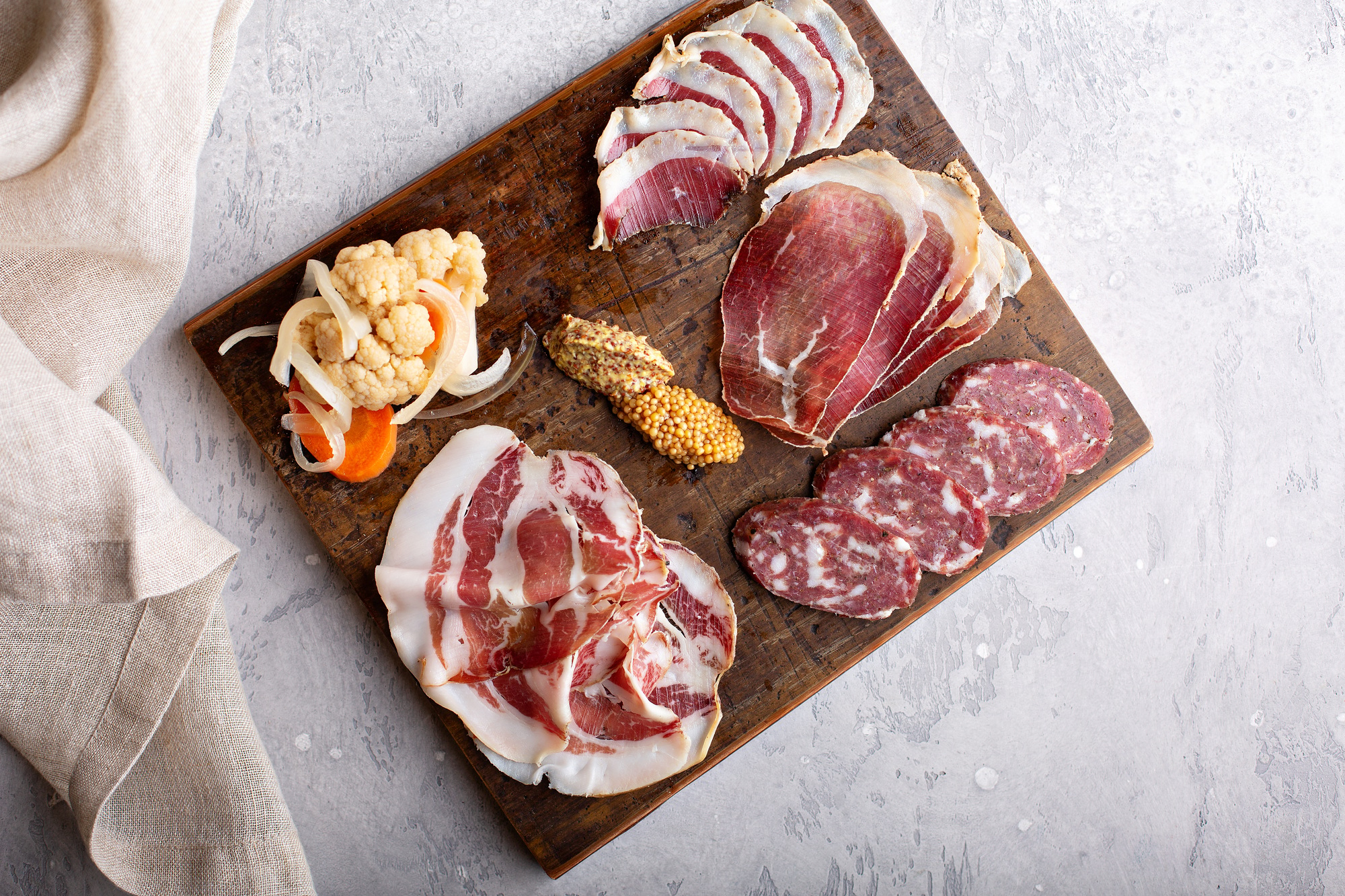
A comprehensive marketing strategy is vital for your charcuterie business. It helps attract customers and boosts brand awareness.
Branding and Promotion
Branding sets the tone for your charcuterie business. Create a memorable name, logo, and tagline that reflect your culinary focus. Use local advertising techniques to reach your community, including:
- Flyer Distribution: Hand out well-designed flyers in your area to announce your offerings and special promotions.
- Local Ads: Place ads in local newspapers or magazines to capture the attention of potential customers.
- Strategic Signage: Position eye-catching signs in high-footfall areas to increase visibility.
Hosting promotional events like tasting parties or themed evenings generates excitement. Collaborate with local wineries or specialty food vendors to create unique experiences. Doing this helps with customer engagement and encourages repeat visits.
Social Media Presence
A robust social media presence enhances your charcuterie business visibility. Focus on platforms like Instagram and Facebook where food visuals thrive. Key actions include:
- High-Quality Visuals: Post stunning images of your charcuterie boards to showcase creativity and attract followers.
- Engaging Content: Share behind-the-scenes looks, customer testimonials, or pairing tips to maintain interest.
- Regular Updates: Keep your audience informed about new products, promotions, and events to drive engagement.
Engage with your audience through comments and messages, creating a community around your brand. Leverage social media to build anticipation for new offerings and promote your business plan effectively, ensuring consistent growth and visibility in the small business landscape.
Financial Projections

Financial projections play a vital role in your charcuterie business plan. They provide insights into your expected financial performance, helping you make informed decisions.
Startup Costs
Identify the startup costs for your charcuterie business as they set the foundation for financial planning. Typical expenses include equipment, supplies, marketing, licensing, and initial inventory. For example, equipment like cutting boards, knives, and display cases can total around $3,000–$5,000. Additionally, consider expenses for branding and marketing materials that can range from $500 to $2,000. Overall, expect startup costs to fall within the $10,000 to $20,000 range, depending on your business model and scale.
Profit Margins
Aim for healthy profit margins in your charcuterie business, typically around 40%. For instance, if you sell a charcuterie board for $45, your cost of goods sold should be approximately $27. In this scenario, with an average weekly sales figure of 14 boards, this translates to roughly $36,316.80 in annual profit. Monitor expenses closely to ensure that you maintain these margins and adapt your pricing strategy accordingly for seasonal fluctuations. This approach safeguards your business’s financial health while accommodating competitive market dynamics.
Legal Considerations

Starting a charcuterie business involves navigating various legal requirements. These steps ensure your business operates legally and meets health and safety standards.
Licenses and Permits
Obtaining the right licenses and permits is crucial for your charcuterie business. Ensure you secure necessary permits from local health departments, which may include food handling permits and business licenses. Specific requirements vary by location, so check with local authorities for regulations related to food service businesses.
- Business License: Register your business with the local, state, or federal government. Depending on your business structure, such as an LLC or corporation, specific registration steps will differ.
- Food Service License: Acquire a food service license indicating compliance with local health regulations for food processing and preparation.
- Sales Tax Permit: If you’re selling to customers, get a sales tax permit to collect and remit sales tax properly.
Health Regulations
Complying with health regulations is vital to ensuring product safety and minimizing legal risks. Regulations may differ by state and county, so familiarize yourself with the following:
- Food Safety Standards: Follow guidelines from the FDA, including proper food storage and handling practices.
- Facility Inspections: Expect periodic inspections from local health departments. Your preparation space must meet sanitation and safety criteria.
- Employee Training: Ensure staff receives training in food safety practices and hygiene. This training is necessary to maintain compliance and protect your customers.
Adhering to these legal considerations helps you launch a successful small business and ensures a solid foundation for your charcuterie venture.
Conclusion
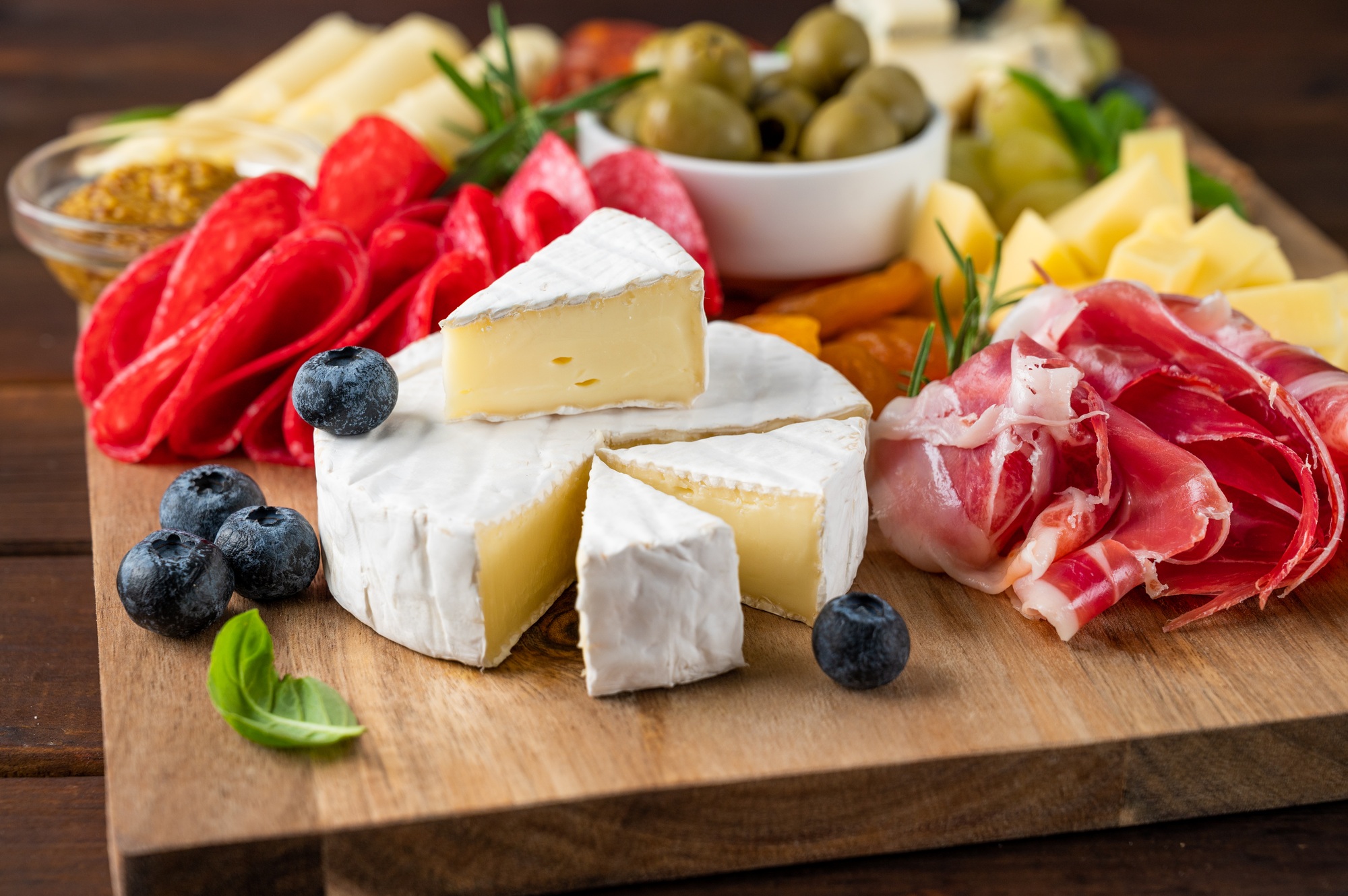
Starting a charcuterie business is an exciting venture that can turn your culinary passion into a thriving enterprise. With a well-crafted business plan you’ll have the roadmap needed to navigate the complexities of the gourmet food industry. By understanding your target audience sourcing quality ingredients and developing a strong marketing strategy you’ll position your brand for success.
Embrace the opportunity to create unique offerings and build relationships within your community. As you take these steps remember that flexibility and creativity will be key to adapting to market trends and customer preferences. Your journey into the world of charcuterie can be both rewarding and profitable with the right approach and dedication.
Frequently Asked Questions
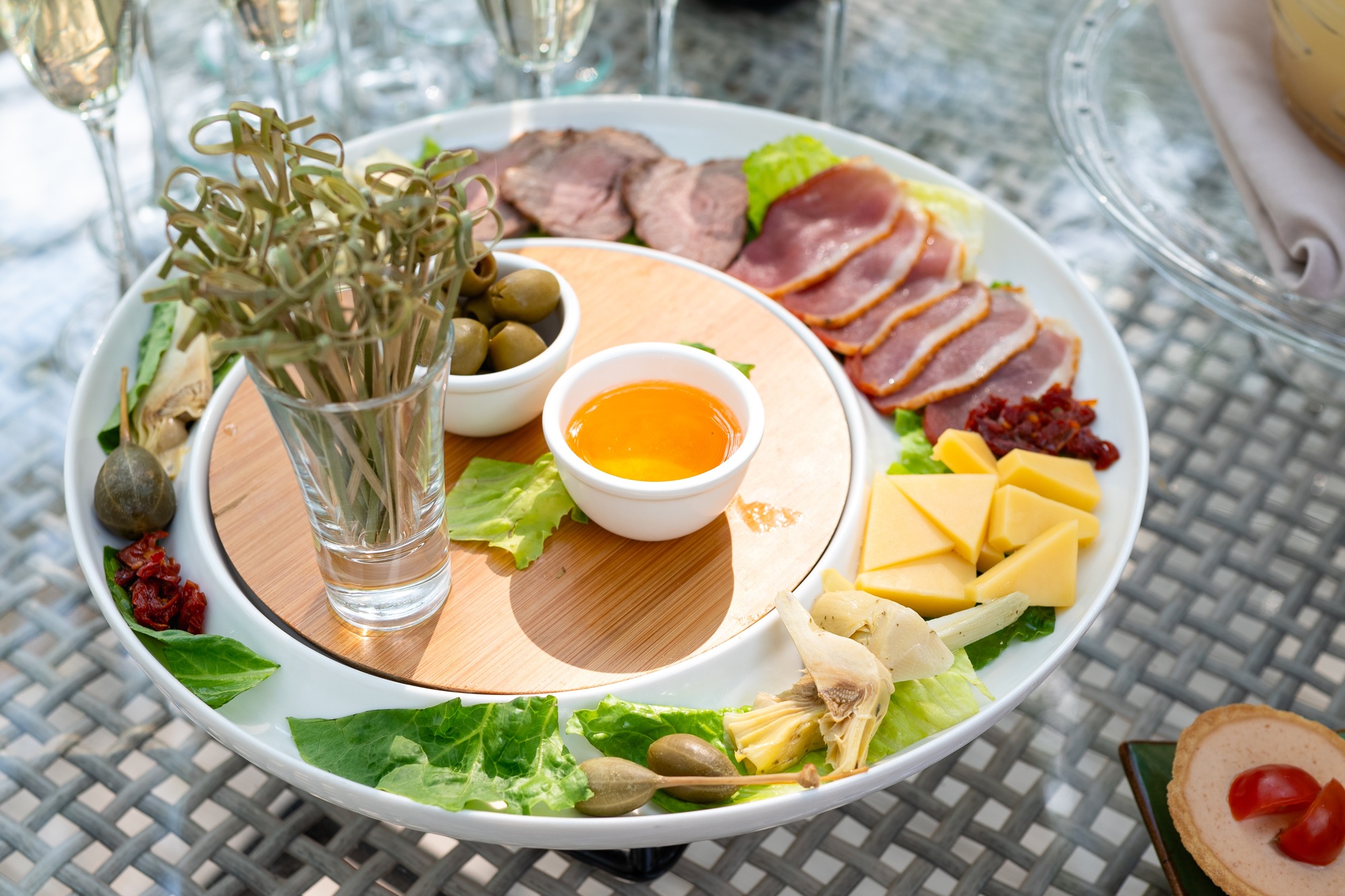
What is a charcuterie business?
A charcuterie business focuses on preparing and selling artisan cured meats, cheeses, and accompaniments, such as fruits and nuts, often presented on decorative boards. It’s a growing niche in the gourmet food market, catering to food lovers and social events.
How do I start a charcuterie business?
To start a charcuterie business, develop a solid business plan that includes market analysis, target audience identification, sourcing quality ingredients, and crafting a marketing strategy. Ensure you comply with local health regulations and obtain necessary permits.
What are the startup costs for a charcuterie business?
Startup costs for a charcuterie business typically range from $10,000 to $20,000. This includes expenses for equipment, supplies, marketing, licensing, and initial inventory. Create a detailed financial plan to manage these costs effectively.
How can I market my charcuterie business?
Effective marketing for a charcuterie business includes establishing a strong brand identity, using social media platforms like Instagram and Facebook to showcase products, and engaging in local advertising. Collaborating with local vendors and hosting promotional events can also enhance visibility.
What are the legal requirements for a charcuterie business?
Legal requirements vary by location but generally include obtaining a business license, food service license, and sales tax permit. It’s crucial to adhere to health regulations, complete facility inspections, and train employees on food safety standards.
How do I identify my target audience?
Identify your target audience by researching demographics, preferences, and current trends related to gourmet food. Potential customers may include food enthusiasts, home entertainers, and health-conscious buyers. Tailor your products and marketing strategies to appeal to them.
What should I include in a charcuterie business plan?
A charcuterie business plan should include market analysis, target audience identification, financial projections, marketing strategies, and a detailed outline of your product offerings and services. This roadmap will guide your business’s initial stages and ensure growth.
How can I differentiate my charcuterie business in a competitive market?
Differentiate your charcuterie business by assessing competitors’ strengths and weaknesses to identify market gaps. Offer unique products, such as customized boards or subscription boxes, and focus on building relationships with local suppliers for exclusive ingredients.
What products and services can I offer as a charcuterie business?
You can offer a range of products including customized charcuterie boards, gourmet meats, and cheeses. Additional services might include event catering, workshops, and subscription box services, allowing you to cater to diverse customer needs and preferences.
Image Via Envato: akifewas, irataskova, Timolina, JaneVershinin, fahrwasser, OlhaRomaniuk, wirestock, RLTheis, kopachinsky


